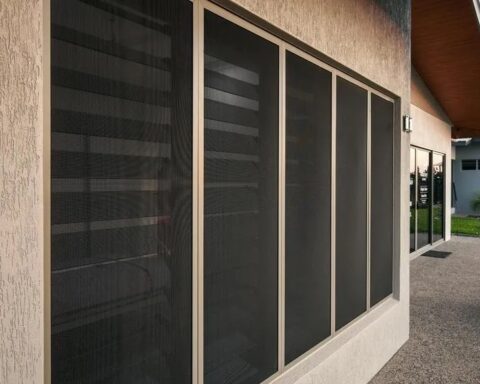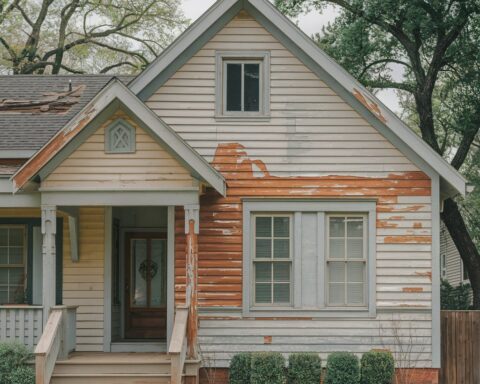Choosing the right attic insulation is an important step in keeping your home warm in winter and cool in summer. Insulation helps to prevent heat loss, saving you money on energy bills.
In this guide, we will explore the different types of insulation available and help you find the best attic insulation for your home. Whether you are building a new home or upgrading your current insulation, this guide will provide the simple tips and information you need to make the best choice.
Let’s get started on your journey to a more comfortable and energy-efficient home!
R-Value
R-value measures how well insulation resists heat flow. It is an important factor to consider when selecting attic insulation. Higher R-values indicate better insulation performance. Different types of insulation have varying R-values.
For instance, spray foam insulation generally has a higher R-value than traditional fiberglass insulation. Understanding spray foam R values can help you decide if this option is right for you. When choosing insulation, consider your climate and home design. Evaluating R-values will ensure you achieve the energy efficiency you desire in your home.
Material
When choosing attic insulation, the type of material you select plays a big role in both energy savings and air quality in your home.
Common insulation materials include fiberglass, cellulose, and foam. Fiberglass is made from tiny glass fibers and is known for its effectiveness. Cellulose insulation comes from recycled paper and is great for reducing air leaks, which can help improve the overall air quality. Foam insulation provides a tight seal and can also keep your home comfortable.
Coverage Area
The coverage area of insulation is crucial for ensuring your attic is properly insulated. It refers to how much space the insulation can effectively cover. When planning your insulation project, measure the attic’s dimensions to determine the total area. This measurement will help you estimate the amount of insulation material needed.
Different types of insulation will have specific coverage areas listed on their packaging. For example, fiberglass batts may cover more space than rolls of cellulose. Make sure to account for any obstacles, such as beams or vents, that could reduce the coverage area. It is wise to buy extra insulation to avoid running out during installation.
Installation Method
One of the most common methods is to roll out batts or blankets of fiberglass insulation between the roof rafters and floor joists. This is usually easy to do and can be a fun DIY project. If you choose loose-fill insulation, you will need a machine to blow it into place, which ensures even coverage.
Spray foam insulation can also be used, but it often requires professional help to apply it correctly. Always follow the instructions provided with your insulation material to make sure it is installed safely and effectively.
Learn More About Best Attic Insulation
Choosing the right attic insulation is key to keeping your home comfy and saving money on energy bills. Remember to think about the type of material, the R-Value, how much space you need to cover, and your budget.
Each choice you make will help make your home more energy-efficient. By following this guide, you can make the best choice for your attic insulation and enjoy a more comfortable living space all year round.
Looking for more tips and ideas? We’ve got you covered. Check out some of our other posts now.
Keep an eye for more news & updates on EssentialTribune.Com!








